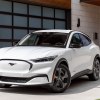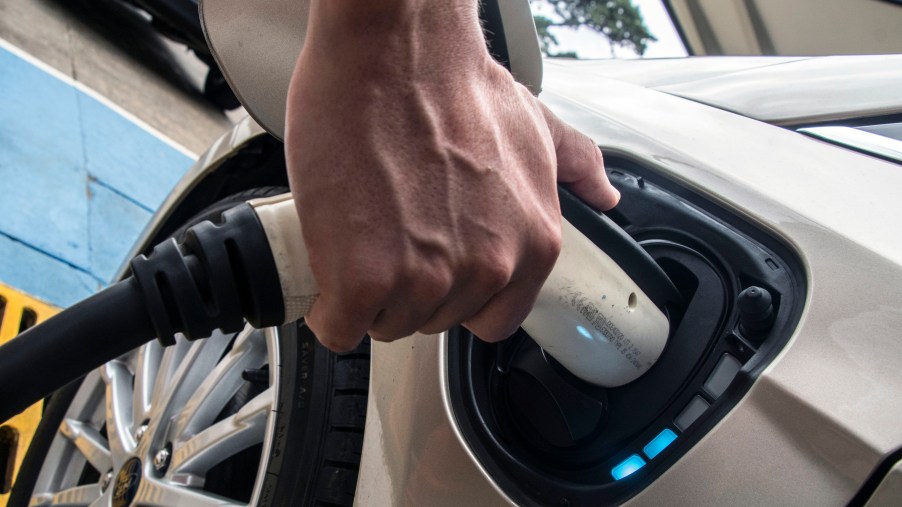
How EV Charging Works
Charging your EV is just like putting gasoline in your ICE vehicle. Well, almost, anyway. Except you’re pumping electrons rather than gas, but you already know that. But there are differences between EV manufacturers and chargers you should be aware of before blasting into that first public charging station.
First, the bad news. While charging your EV should not be a challenge, finding those charging stations, and then finding them operational, can be a problem. EV chargers are ramping up around the country. But it can still be frustrating finding functional charging stations. Unfortunately, you won’t know until you pull in.
What EV chargers do
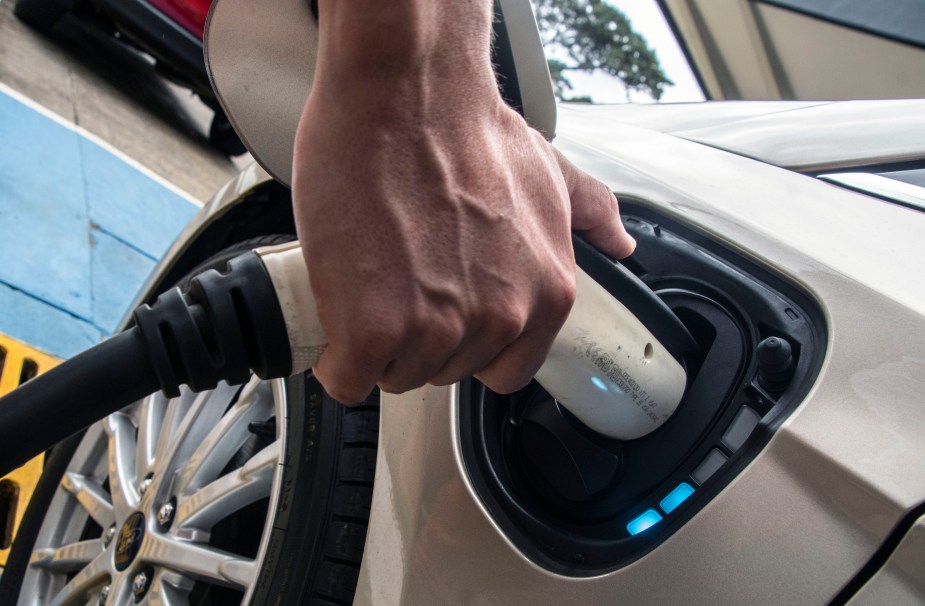
So what exactly do EV chargers do? They pull electrical current from a 240-volt outlet or hardwired to a grid, which results in a similar outcome to powering electric power tools. But not all chargers work on all EVs.
Tesla EVs use a unique connector that is not the same as non-Tesla EVs. Conversely, a Tesla charger won’t work for a non-Tesla vehicle. So there are different connectors you need to identify. There are also different charging levels.
Three levels of charging give you three different amounts of power, meaning some levels charge faster than others. These break down into DC Fast Charging and Tesla Supercharging. Level 1 provides about three to five miles per hour of charging. It uses a 120-volt house outlet.
This is the most convenient for overnight charging but is also the slowest. EV batteries are usually too large for any timely charging. A Level 2 charger is much preferred for those needing daily charges.
What is Level 2 EV charging?
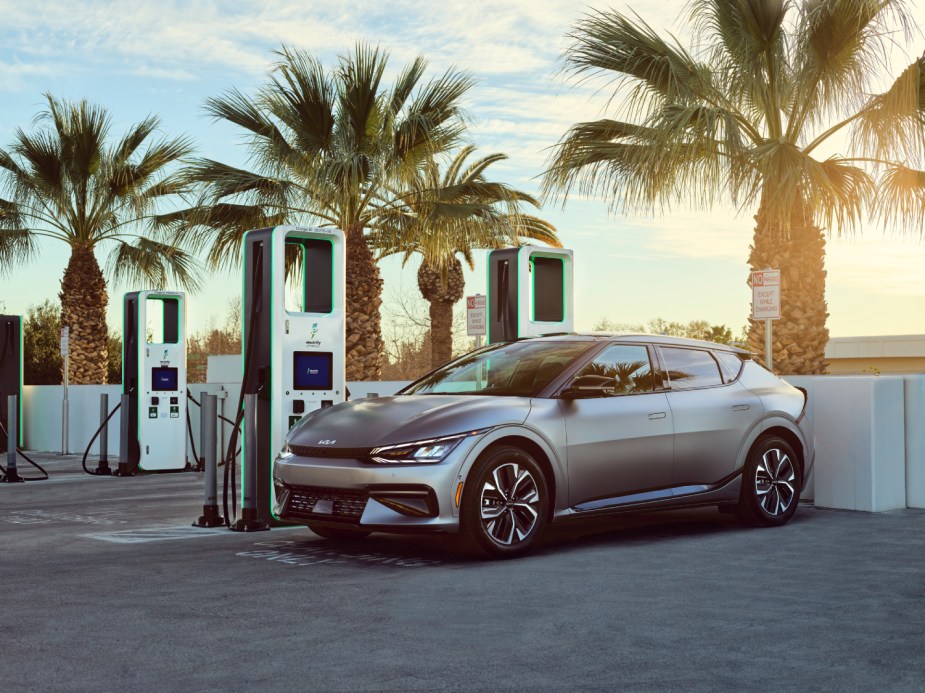
Accessing Level 2 charging speeds up the charging process. On average you can figure you’ll get 12 to 80 miles of charge in an hour. It is the most common way to charge, especially at home. Public locations like shopping centers and train stations are also common charger locations. A Level 2 charger at home means you can fully charge your EV overnight.
Known as DC Fast Charge and Tesla Supercharging, Level 3 really speeds up the charging times. On average, you can expect to get between three and 20 miles of range per minute, not per hour. Level 3 charging is mostly available at public charging stations and uses DC current as opposed to Level 1 and 2 AC current.
One reason they’re not found in most homes is because of the larger amount of voltage needed. Also, it is very expensive to purchase and install according to Forbes. In fact, it will cost a homeowner more than the EV itself.
Can any EV charge at a Tesla supercharger site?
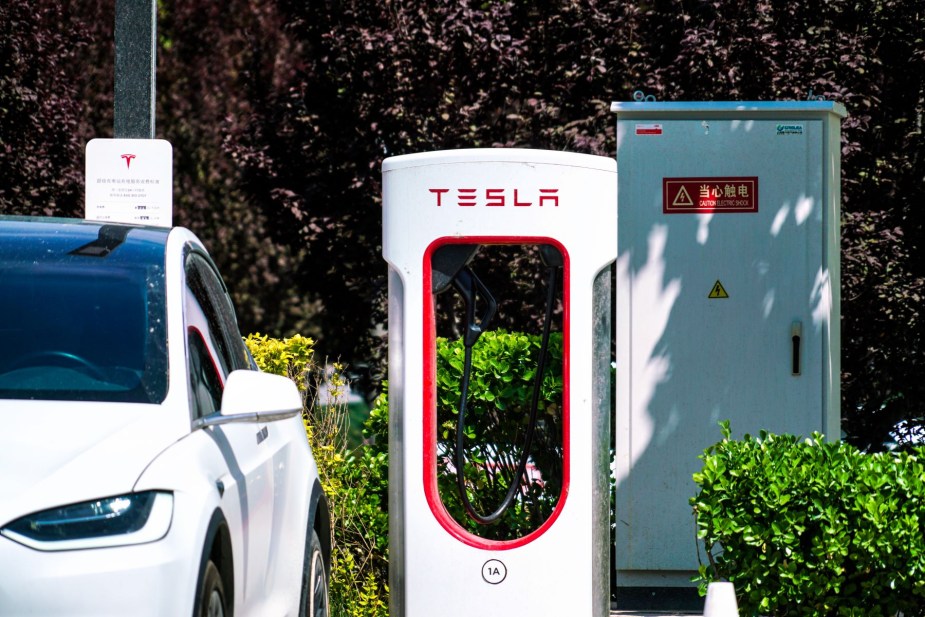
A J1772 plug, or J-Plug, is the standard interface for most EVs except Tesla for Level 1 and Level 2. Tesla EVs can only be charged at Tesla Supercharger stations.
Level 3 charging requires unique plugs. Mostly, the Combined Charging System, also called CCS or Combo plug, is used by EV makers. Level 3 charging speeds can vary considerably depending on how much power your EV can accept at any given time.
Are some charging sites free?
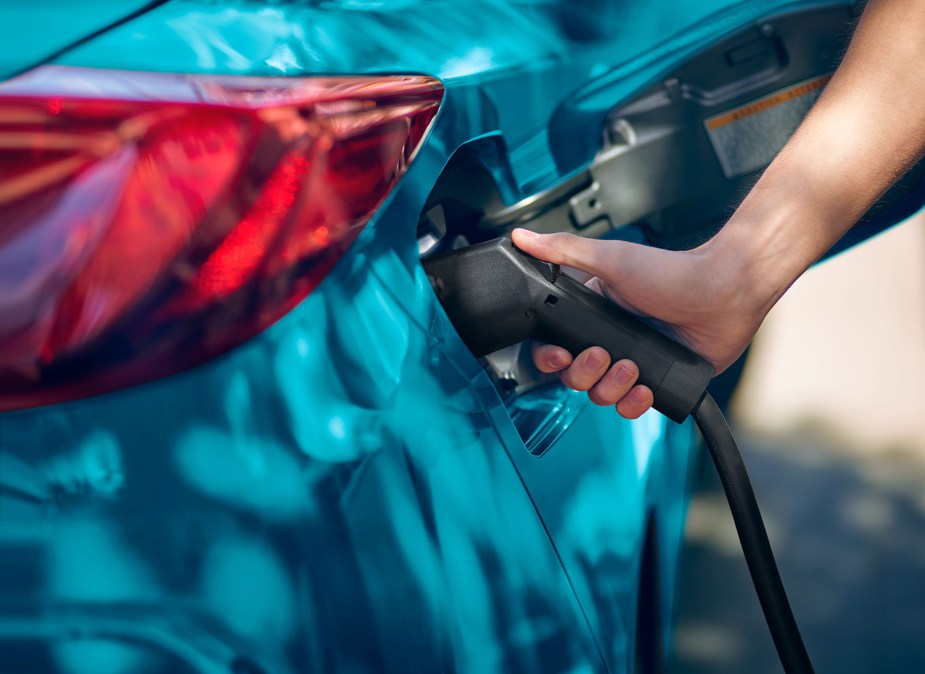
Once you enter a charging facility you need to know if charging is free, or whether it requires a key fob to access the charging functions. The good news is that there should be adequate information posted for charging your car.
Some charger networks offer weekly or monthly discounts. And some EV manufacturers still offer a limited amount of free or discounted charging plans. In some cases, you have to access the charging network’s app, so first-time visitors may have to spend an extra few minutes completing information for the app.
